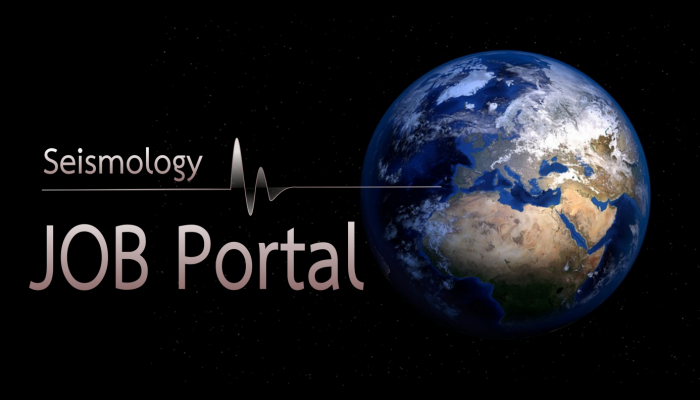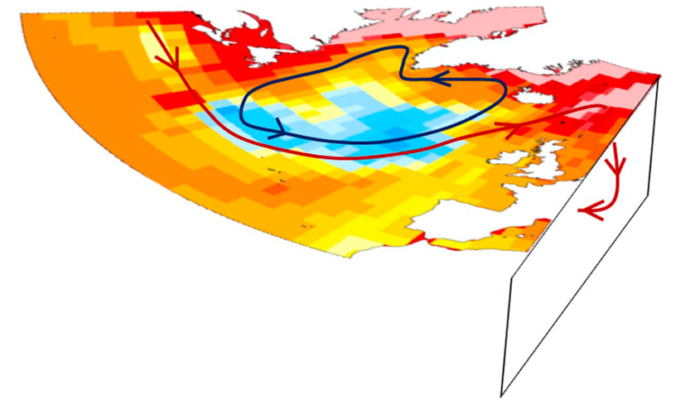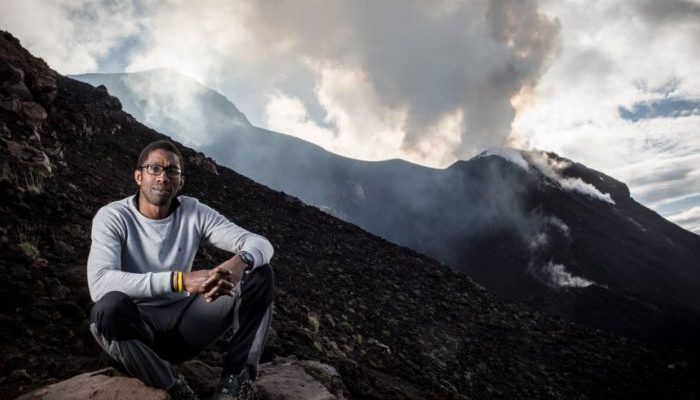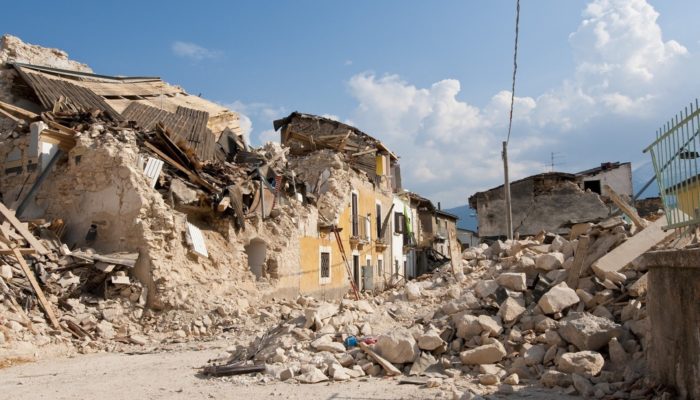On this page, we regularly update open positions in Seismology for early career scientists. Do you have a job on offer? Contact us at ecs-sm@egu.eu Please, note that other available research positions are displayed on the EGU Jobs Portal.
Geodynamics
The Sassy Scientist – A Last Minute Lark
Tatiana feels the pressure. A never-ending workload, a busy home life and unparalleled expectations of her own devising leave her with this: Why does everything have to be last minute in academia? Dear Tatiana, Last minute? Don’t know what you’re talking about. Nothing is last minute in case you’ve mapped out your activities properly beforehand. Do you find it difficult planning your to-do list an ...[Read More]
Climate: Past, Present & Future
Learning lessons from the past to inform the future
A fairly recent blog post here reiterated the compelling comparison between the current COVID-19 crisis and the ongoing climate emergency, focusing on extreme events such as hurricanes, heatwaves and severe rainfall-related flooding, all of which are likely to get worse as the climate warms (Langendijk & Osman 2020). This comparison has been made by us Climate Scientists since the COVI ...[Read More]
Ocean Sciences
How Climate Models helped uncover the mechanisms behind the North Atlantic Warming Hole
One of the only regions that have been observed to cool over the past century is the North Atlantic cold blob just south of Greenland. In our recent paper, we analyse the cold blob or “warming hole” and the processes that contribute to its creation and evolution. While sea surface temperature has been reliably observed, the underlying mechanisms of changing ocean circulation are only sparsely meas ...[Read More]
Seismology
What’s it like to be black in academia?
Maria, a member of our ECS team, recently interviewed Professor Christopher Jackson from Imperial College, London, UK. The idea of this interview arose after protests swept across the US, triggered by the murder of George Floyd. Resurfacing the recurring and unsolved issue of racial biases, these protests highlighted that fact that racial inequality is not only present in everyday life, but that i ...[Read More]
Geodynamics
Baking geological cakes!
Who doesn’t love baking? Seriously, baked goods are the best: with or without gluten, with or without chocolate. But you know what makes every bake out there even better? A geological theme. You heard it here first! This week, Ruth Amey, postdoctoral researcher and programme manager of the Earth Observation Center for Doctoral Training at the University of Leeds, United Kingdom, discusses th ...[Read More]
Natural Hazards
To be or not to be a ‘natural’ disaster: that is the question
The story of science is replete with theories that only become accepted by the scientific community after long and protracted uphill battles, said Howard Wolinsky in his commentary in Science and Society in 2008. Sometimes they are rejected, ridiculed, or they take time to be validated, digested, and likely accepted. However, in my opinion, the scientific discussion over new hypotheses is at the h ...[Read More]
Seismology
Earthquake of the month: Simeonof – Alaska M 7.8
On July 22nd, Alaska was the scene of last month’s largest earthquake, a Mw 7.8 earthquake that hit the Aleutian Islands, offshore the Alaska Peninsula. The hypocenter location, tectonic setting and focal mechanism suggest a megathrust earthquake. The hypocenter of the so called Simeonof earthquake is located at the western edge of the historical 1938 earthquake (M8.3) slip zone, near the Shumagin ...[Read More]
Geodynamics
The Sassy Scientist – Snobs Away!
As lockdown eases in many places, Stefan is beginning to think of an academic future away from his sofa. He asks the question: How much does university ranking matter when choosing a PhD position? Dear Stefan, Choosing a PhD program is tough. It’s a bit like getting married: for better or worse, until death us do part, regardless of the toe nail clippings on the table or refusal to ever take ...[Read More]
Tectonics and Structural Geology
TS Must-Read – Hubbert and Rubey (1959)
“The Role of Fluid Pressure in Mechanics of Overthrust Faulting” by Hubbert and Rubey is a “groundbreaking” article from the end of the 1950s. It’s a remarkable piece of research, written in an old-fashioned way, for modern standards. Many ECS that may not have read the original paper yet are certainly familiar with its textbook content. Let’s go quickly through it! The article, as a key po ...[Read More]










